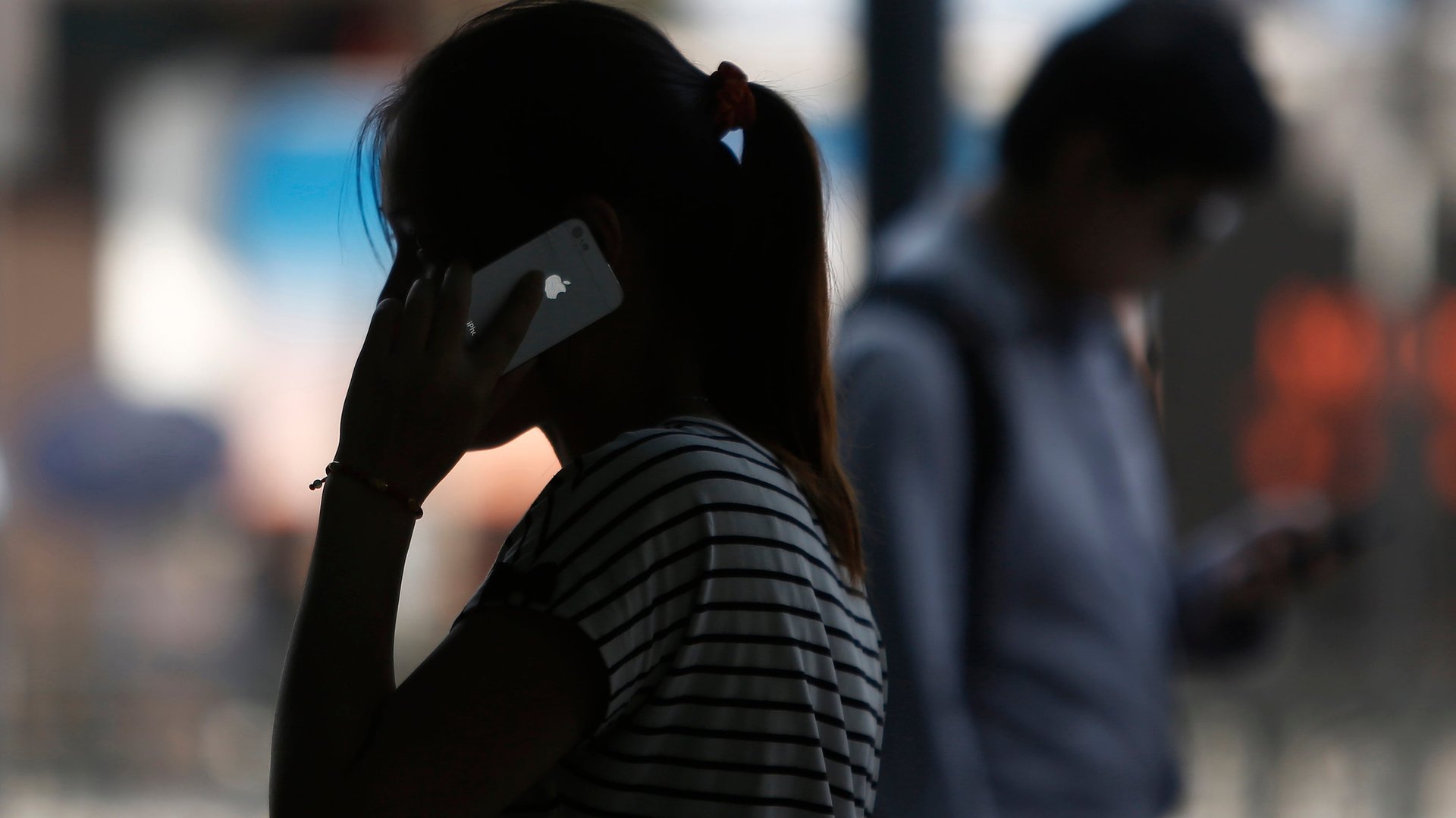Only voice memos can save us from the scourge of email
Humans are very good at inventing convenient new ways to communicate with one another—and very easily annoyed by digital communication’s shortcomings. Email is reviled for its inefficiency. Slack, Gchat and other instant messaging apps are intrusive and overwhelming. Texting is maddeningly ambiguous. Video conferencing requires too much coordination.


Humans are very good at inventing convenient new ways to communicate with one another—and very easily annoyed by digital communication’s shortcomings. Email is reviled for its inefficiency. Slack, Gchat and other instant messaging apps are intrusive and overwhelming. Texting is maddeningly ambiguous. Video conferencing requires too much coordination.
But there’s a solution staring us right in the face: a technological tool that preserves the intimacy of the human voice without requiring people to sync up their schedules. As a number of remote workers, diaspora communities and expats have already discovered, voice notes might just be the answer we’ve been waiting for.
Barcelona-based filmmaker Philippa Young, for example, relies on WhatsApp’s voice notes to communicate with her nomadic yet tight-knit team of 15. She sends audio notes throughout the day that range from just a few seconds in length to 10 minutes. The system allows her far-flung coworkers to respond whenever the sun rises in their time zone or they manage to find a stable wifi connection.
“The practical benefit of saying an awful lot without having to turn your slightly inarticulate thoughts into an articulate email is obvious,” Young, who is also a friend of mine, tells me in an audio note. “You can send it to groups, you can listen back to what you said to check it over, and it’s as on-record as the written word, but allows you to be a little more informal.”
Voice notes also offer an antidote to one of the primary anxieties of the digital era–the fear that emails, texts and instant messaging rob conversation of emotional nuance, leading to endless misunderstandings and social blunders. “The thing that I really value about it for our team spread out across the world is that when I get a voice note from someone, they’ve spoken to me and I hear their tone of voice,” Young adds. “You can hear in someone’s voice how they’re feeling.”
WhatsApp Voice Message comes with several other big advantages as well. It’s free, and unlike FaceTime or Skype, asynchronous, so it’s convenient to use across time zones and doesn’t require scheduling in advance. While other voice messaging options exist on apps including iMessage, Line and Viber, WhatsApp has the distinction of being integrated into a platform that people all over the world already use. (It’s the second most popular app after Facebook.) That removes barriers such as downloading yet another app on your phone or having to own an iPhone.
For all these reasons, voice notes seem to be an especially popular option for communities that are dispersed. That includes digital nomads like Young and her team, along with immigrant families, diasporas, and expats.
While WhatsApp’s global user base is making audio notes more universal, the Facebook-owned network isn’t necessarily a pioneer of the medium. That distinction goes to China’s WeChat, the all-in-one mega app that powers Chinese digital life.
Xinyuan Wang is an anthropologist at University College London who studied Chinese factory workers’ use of social media for the university’s Why We Post project. She says that WeChat’s voice message function is hugely popular in China.
A lot of this popularity is owed to the fact that it offers Chinese users a break from the laborious work of typing in Chinese characters, which requires searching for characters that convey both the correct meaning and pronunciation. In 2014, she estimates that 90% of WeChat users were making use of voice messaging. (WhatsApp doesn’t provide data on its Voice Messaging function).
“Typing out Chinese characters is such a pain, so it was easy to adapt to voice message because it’s very convenient,” Wang explains. “Gradually the social norms of the proper use of voice message emerged around the tech function. People know it’s not always okay to send voice messages to your boss or business partner because it’s associated with more intimate social connections.”
Like Young and her close-knit team, the Chinese workers that Wang studied use voice message to communicate with people with whom they were emotionally close but geographically distant. Wang says voice notes are often seen as an “emotional cushion” for parents whose children have traveled far from home to find work. Uprooted from their family members and immediate communities, people rely on voice notes as a form of “personal expression and relationship negotiation.”
While voice notes are most often used asynchronously, they can also function as a kind of high-tech walkie-talkie. Wang explains that the speed of a person’s response is often a function of geographic proximity and how personally close users are with one another. “If you’re close by, there’s more of an expectation that you respond in a synchronous way,” she says. But voice notes still offer users far more flexibility than phone calls and video chats.
In an increasingly networked world, it makes sense to rely on tools like voice notes. They can help people scattered across the globe imbue intimacy and human connection into communication with their loved ones–despite the fact that they may be thousands of kilometers away.
“Our different media choices are actually part of the message itself now,” Wang explains. “It’s not just the content of the message–there is meaning imbued in the delivery method or medium as well.” The simple choice to skip texting and use our voices to wish a family member good luck on a test or to offer feedback to a close colleague can send a message in and of itself.